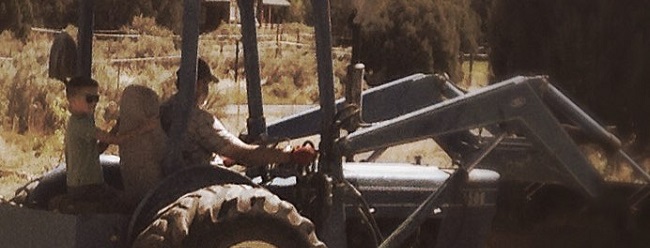 On the farm, we have our animals, and our human resources. But we also have some heavy equipment that we use. When we moved into our house we purchased a tractor. It is a 1973 Ford 4500 industrial landscaping tractor. It does not have a PTO, or anything fancy, it just has a really nice bucket on the front, and a custom made counter weight. It has become a part of the family, and has been used to do a lot of heavy lifting.
On the farm, we have our animals, and our human resources. But we also have some heavy equipment that we use. When we moved into our house we purchased a tractor. It is a 1973 Ford 4500 industrial landscaping tractor. It does not have a PTO, or anything fancy, it just has a really nice bucket on the front, and a custom made counter weight. It has become a part of the family, and has been used to do a lot of heavy lifting.
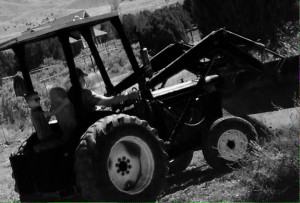 The neighbors now hear its noise and see it as background noise, like the noise of the rest of the farm. It has been a silent partner in several photos. Bottom line, this tractor has become part of the family.
The neighbors now hear its noise and see it as background noise, like the noise of the rest of the farm. It has been a silent partner in several photos. Bottom line, this tractor has become part of the family.
During the course of its use, it has had some problems arise. Like anything that is 40+ years old, it may need some help to get things done. Big Blue has been a little under the weather. It has been having a hard time getting up the power to do some tasks. It works great for short hauls, lifting and digging, but does not like to drive long distances. So I went to the internet, to see what may be the problem. First thing suggested was to check all the fluids and change them all. Lucky for me, big blue uses all the same type of fluid for transmission fluid, hydraulic fluid, and engine oil. So I bought two 10 gallon buckets and started to change the fluids. Well…. Big blue holds over 20 gallons of fluid. So it took a little more time and a lot more fluid. Big blue also does not like to tell you what his fluid levels are at. No dip sticks for any of the levels besides the engine oil. So both transmissions have to be filled, until a bolt you remove starts to leak, then you know it is full.
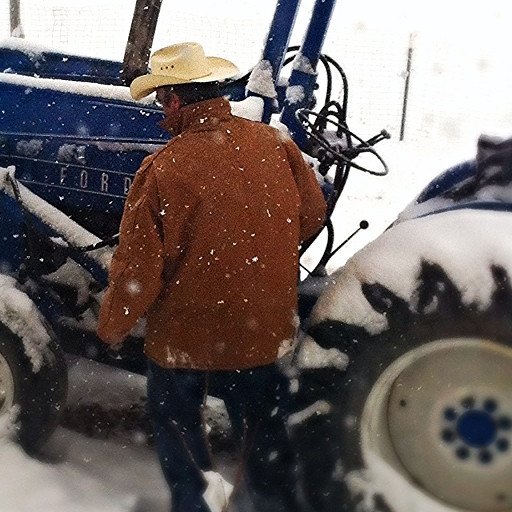
Changing the fluids did not fix the problem, so then I went on to fuel lines. So we changed the fuel filters. This is the main point of this journal entry. It would be quicker and easier for me to just hurry up and change the fuel filters myself, but I decided to take the time and teach Tom and Emma how to do it as well. (Bear in mind, this is my first time as well, but I found a great video to show me how to do it.)
I can now tell you that my 9 Year old son and 11 year old daughter can change the fuel filter on a 1973 Ford tractor. They know where all of the gaskets and O-rings fit. It was one of those days that I will remember and I am sure they will remember as well. We even had some help from the 4 year old as well.
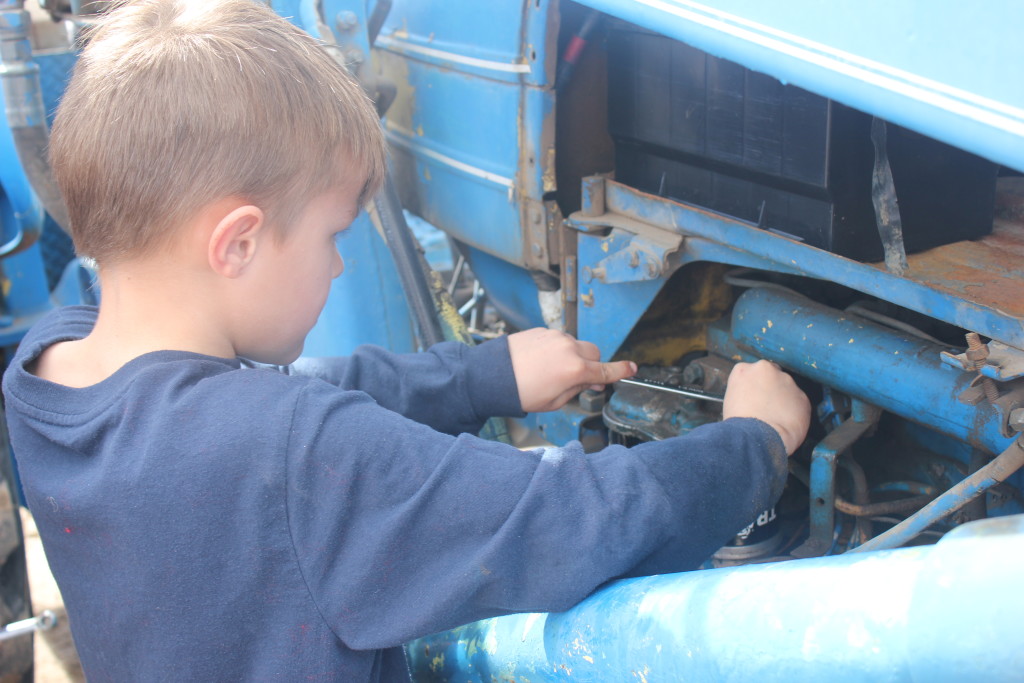
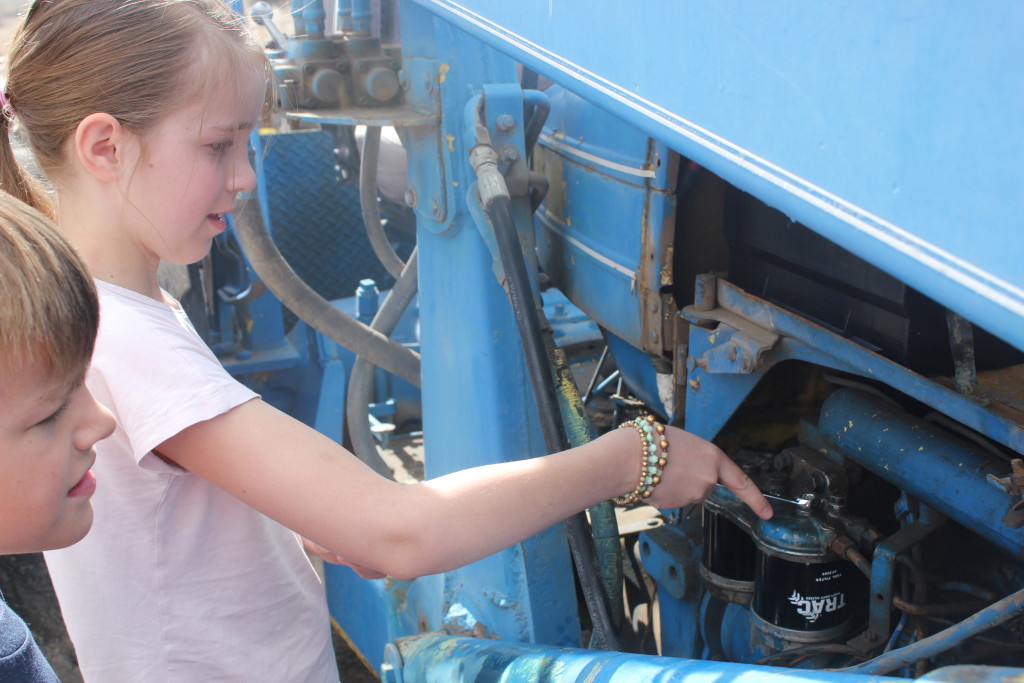
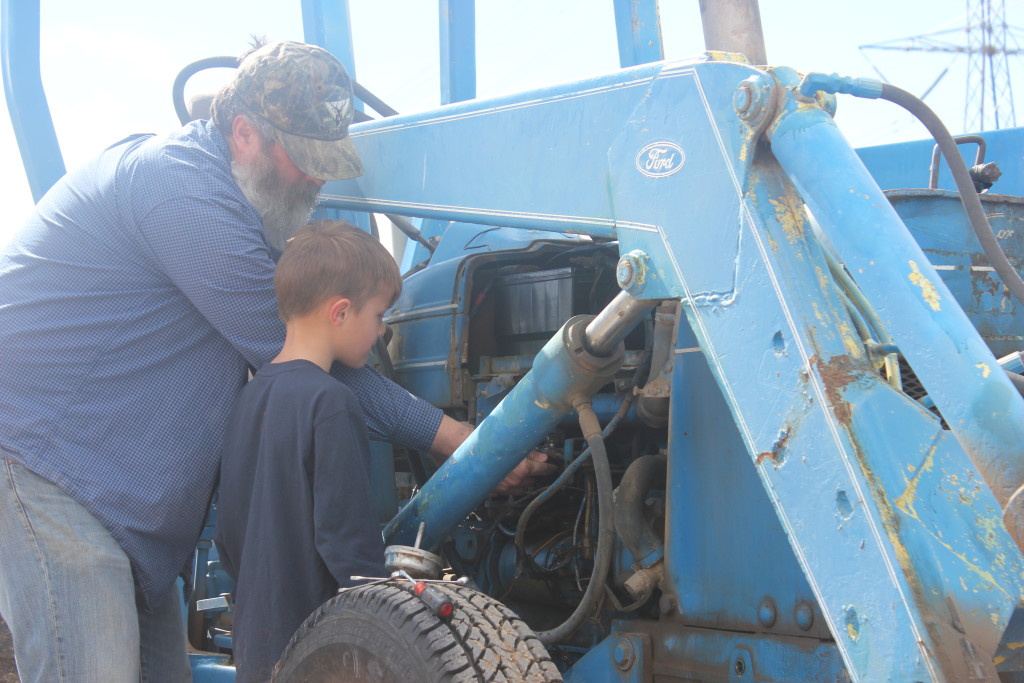
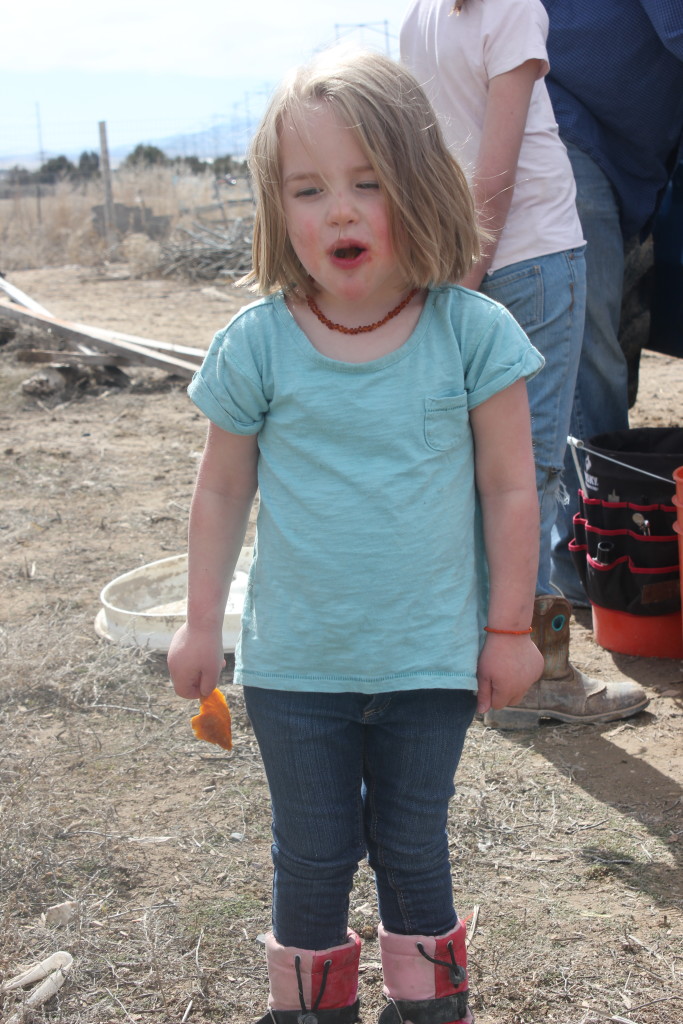
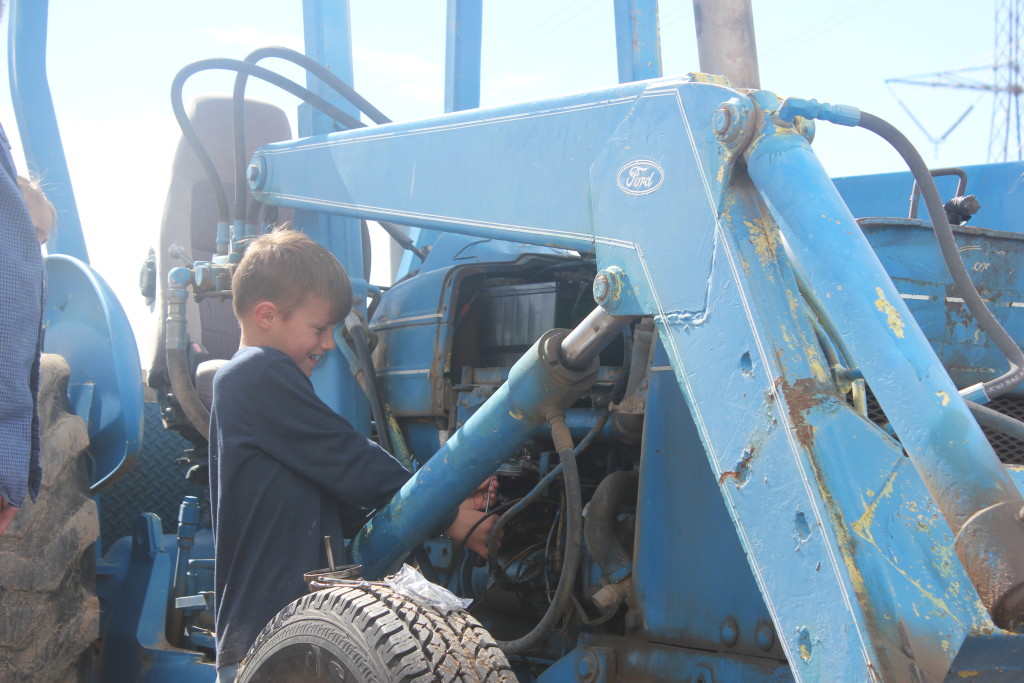
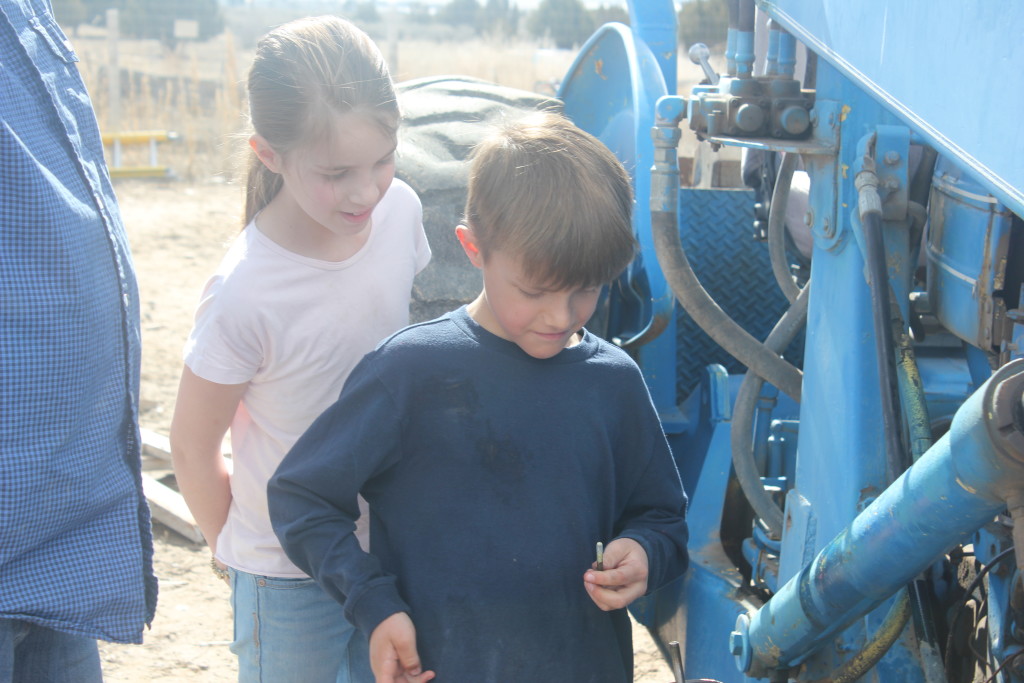
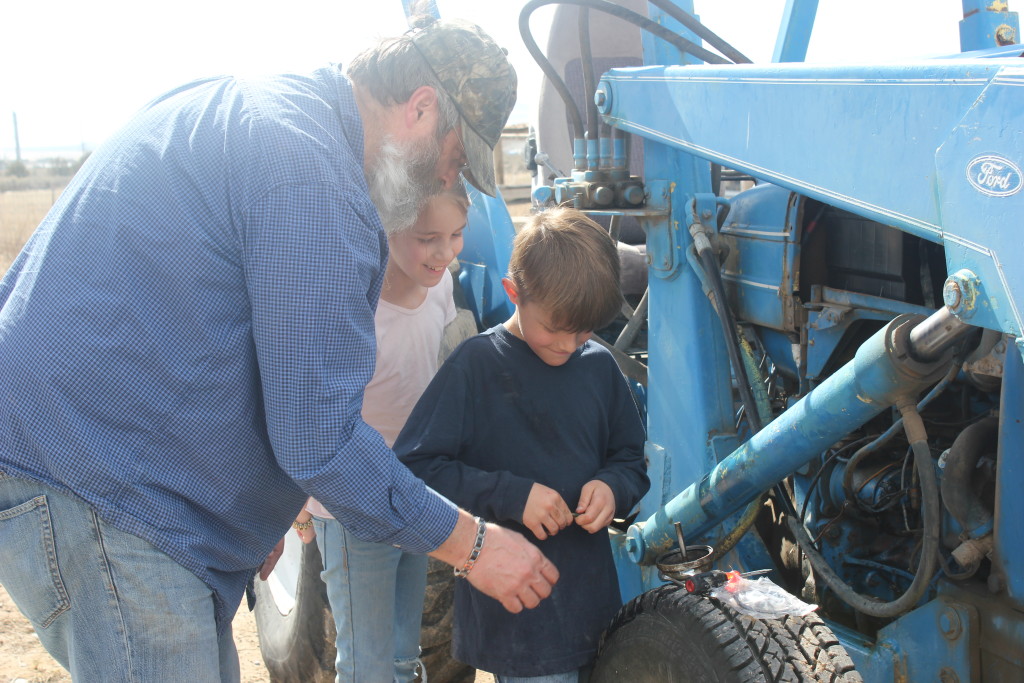 I changed the first one to show them how to do it, then gave them the tools and let them do the second one. The only part I had to help with was starting the bolts and tightening them. I was amazed at how easily the little fingers could remove the old gaskets and fit the new ones.
I changed the first one to show them how to do it, then gave them the tools and let them do the second one. The only part I had to help with was starting the bolts and tightening them. I was amazed at how easily the little fingers could remove the old gaskets and fit the new ones.
I was impressed with how these two kids, who have never done anything like this, were willing to give it a try and had no reservations to get to work, get their hands dirty, and try something new. I at times would not start projects like this, because I was afraid I would fail. Neither of these kids had that hesitation.
As a side note, the fuel filter was not the problem. But I discovered that if I backed up when it lost power and then went forward again, it would go for a little while then would have the problem again. The solution I found was to put it in a higher gear, and leave it there. Big blue now has a hard time backing up, but he keeps going for the distance. I now think the problem is with the transmission, so we will probably just keep running big blue until big blue can’t run any longer. We already have plans for putting big blue next to our barn (when we eventually get one) when he can’t work anymore. Hopefully at some time we will have a son/daughter, or grandson/granddaughter that will want to get Big Blue working again. Until that time, Big Blue will continue to haul manure, level ground, and move things around the farm.
Even with the bad transmission, Big Blue was able to haul 12 loads of manure from our neighbors back yard to our garden and our soon to be bamboo field. I have a feeling that Big Blue will continue to serve the farm for years to come.
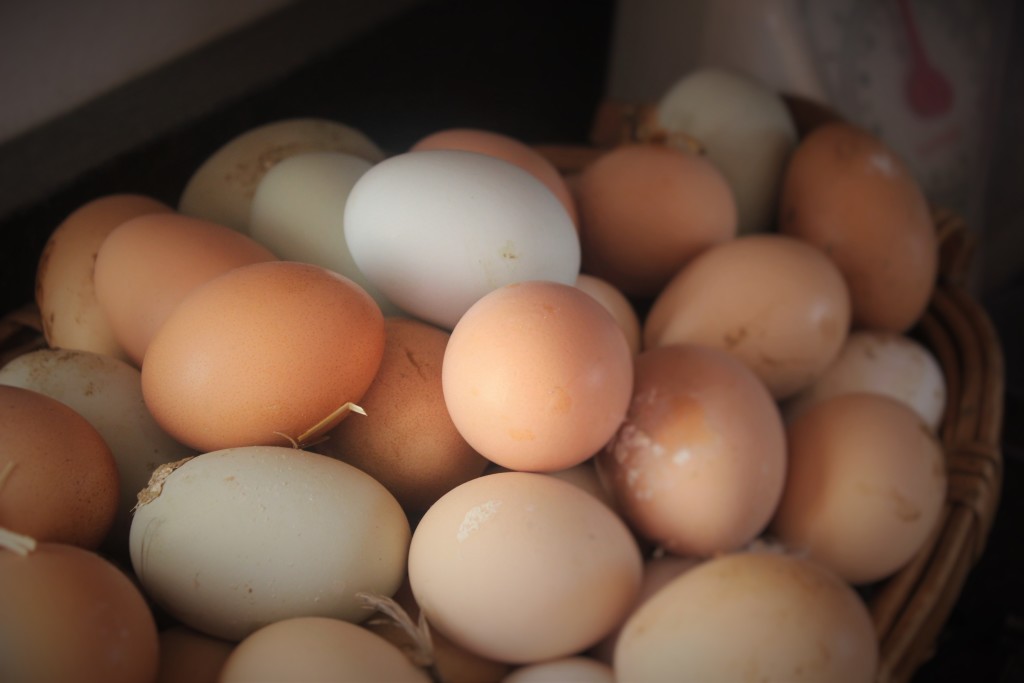
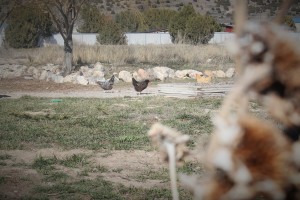
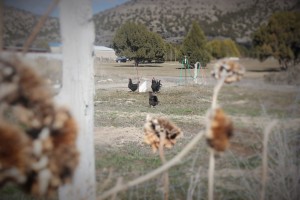

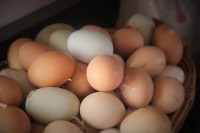
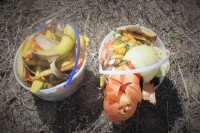
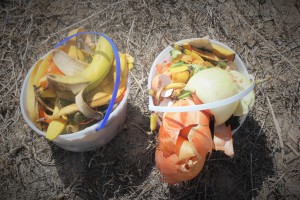
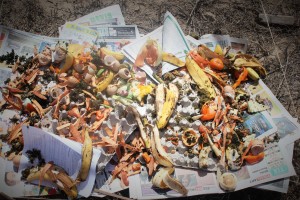
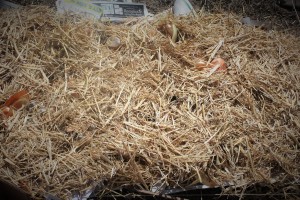
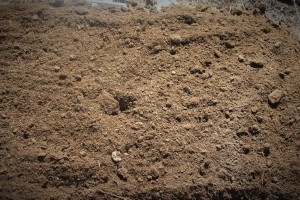
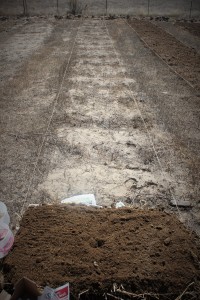 I got about two feet done in a fifty foot row….this might take a while….
I got about two feet done in a fifty foot row….this might take a while….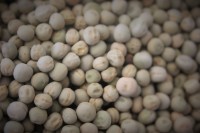
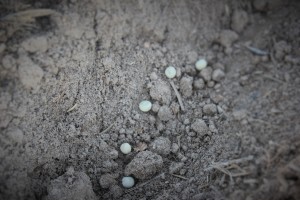 Because of the size of her seeds she is very easy for little fingers to sow. There is much excitement when the first blossoms and peas pods appear on her bushes, for the children know they had a part in their creation.
Because of the size of her seeds she is very easy for little fingers to sow. There is much excitement when the first blossoms and peas pods appear on her bushes, for the children know they had a part in their creation. 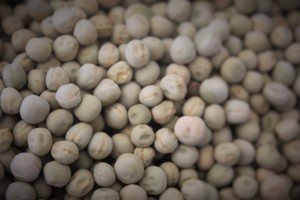 In the warmer days of May, when the summer heat starts flirting on the backs of our necks, we will be out picking our peas, giving thanks for the bounty and sharing it with others.
In the warmer days of May, when the summer heat starts flirting on the backs of our necks, we will be out picking our peas, giving thanks for the bounty and sharing it with others.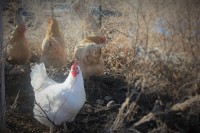
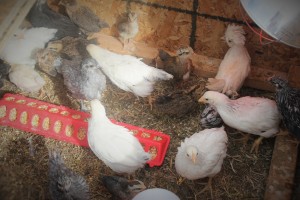
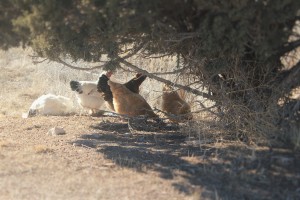
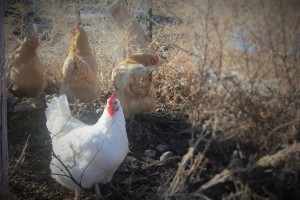
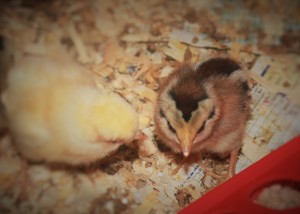

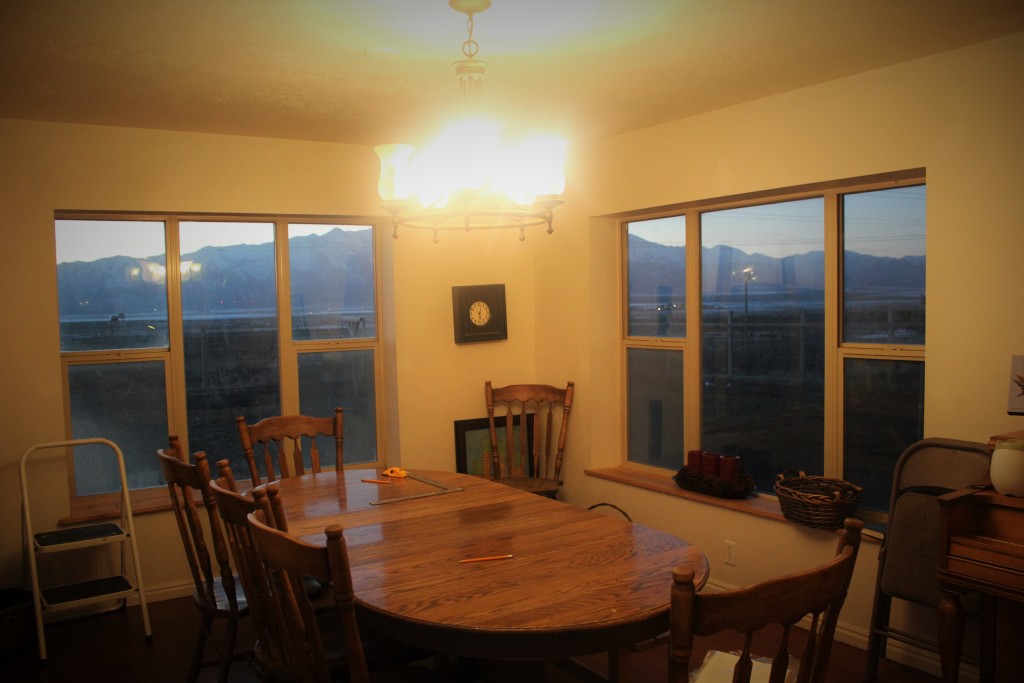
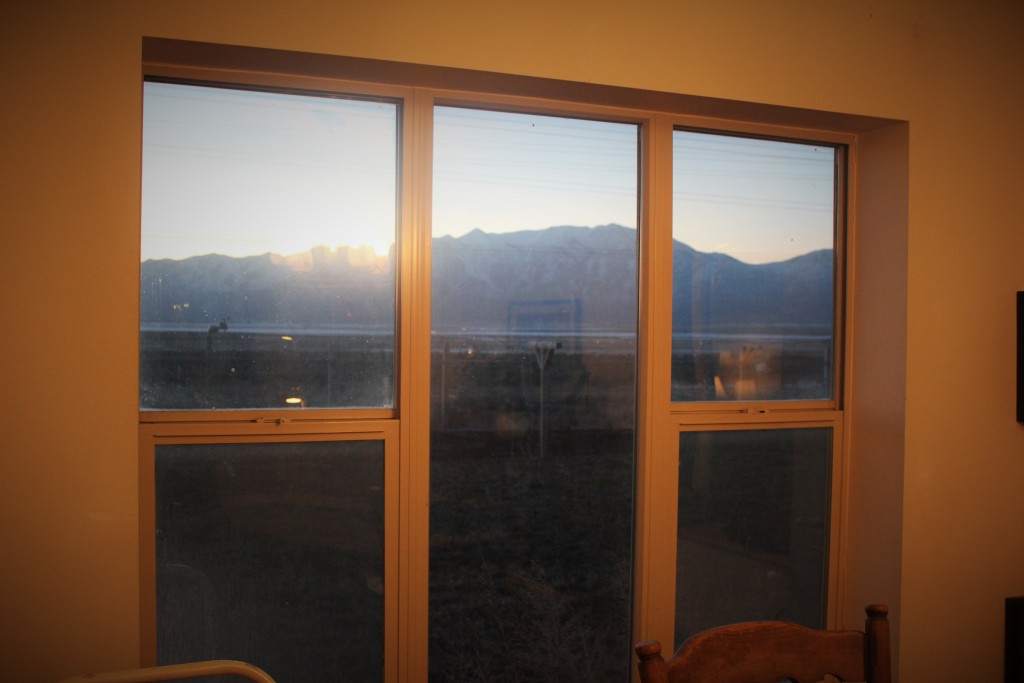
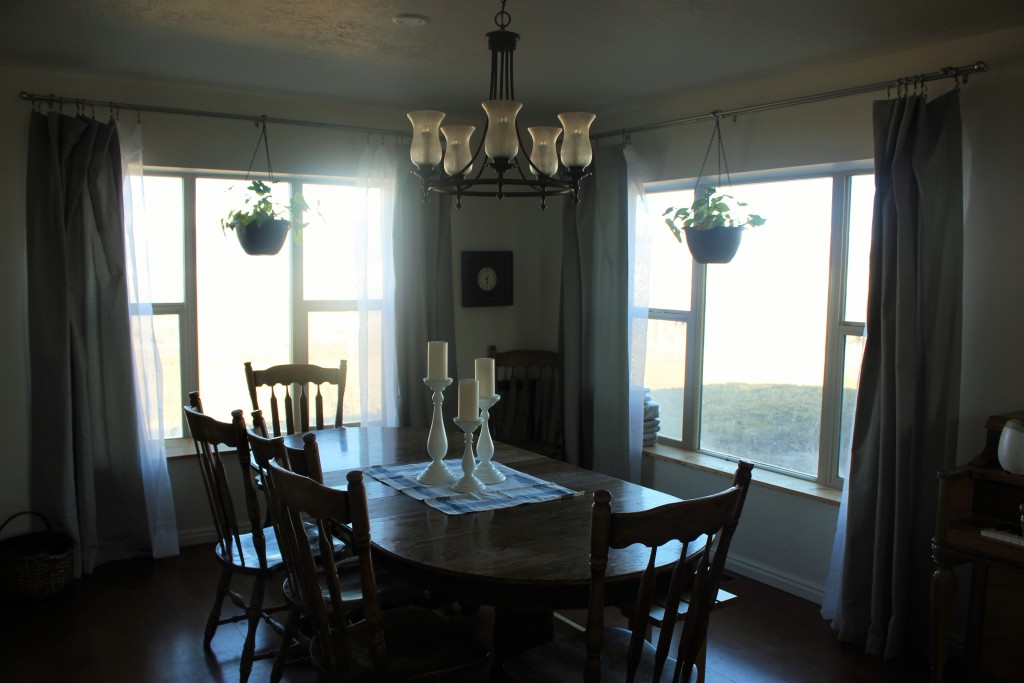
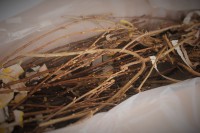
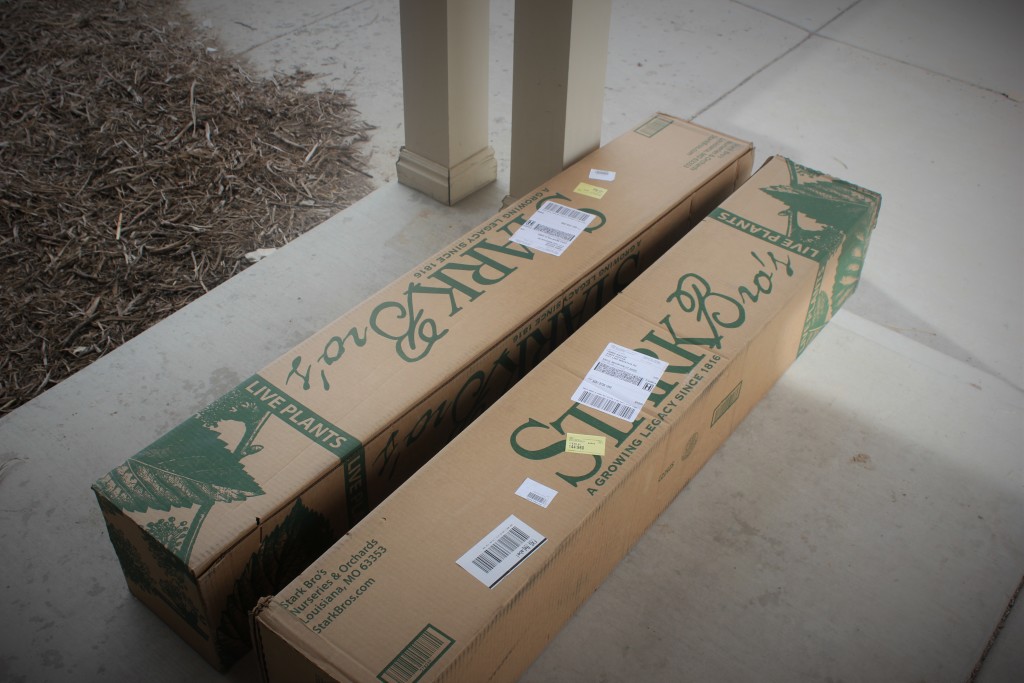
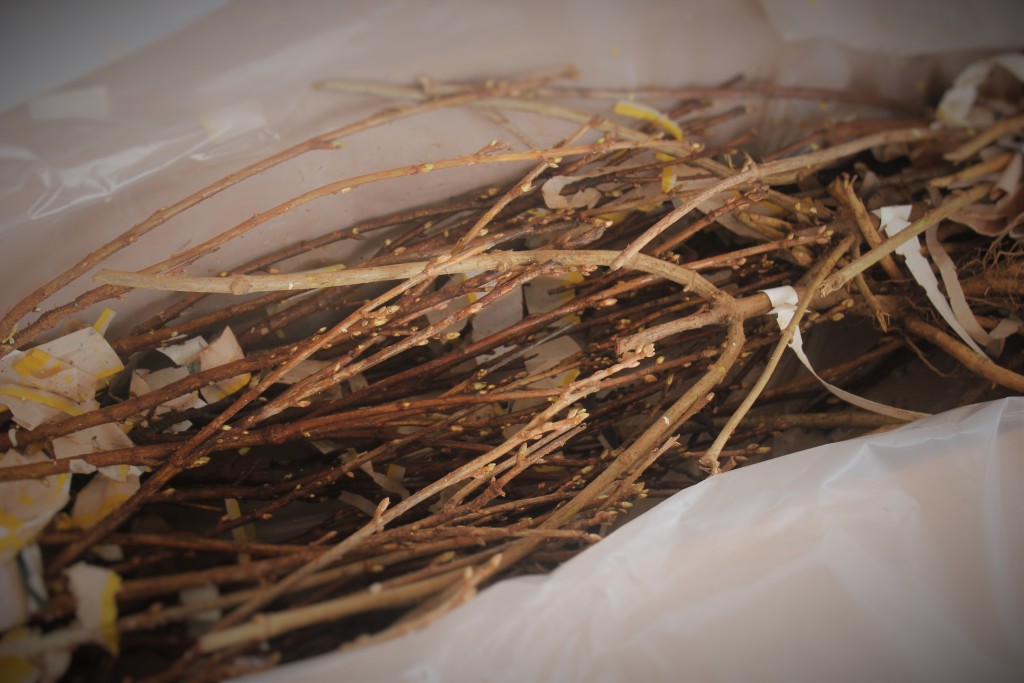
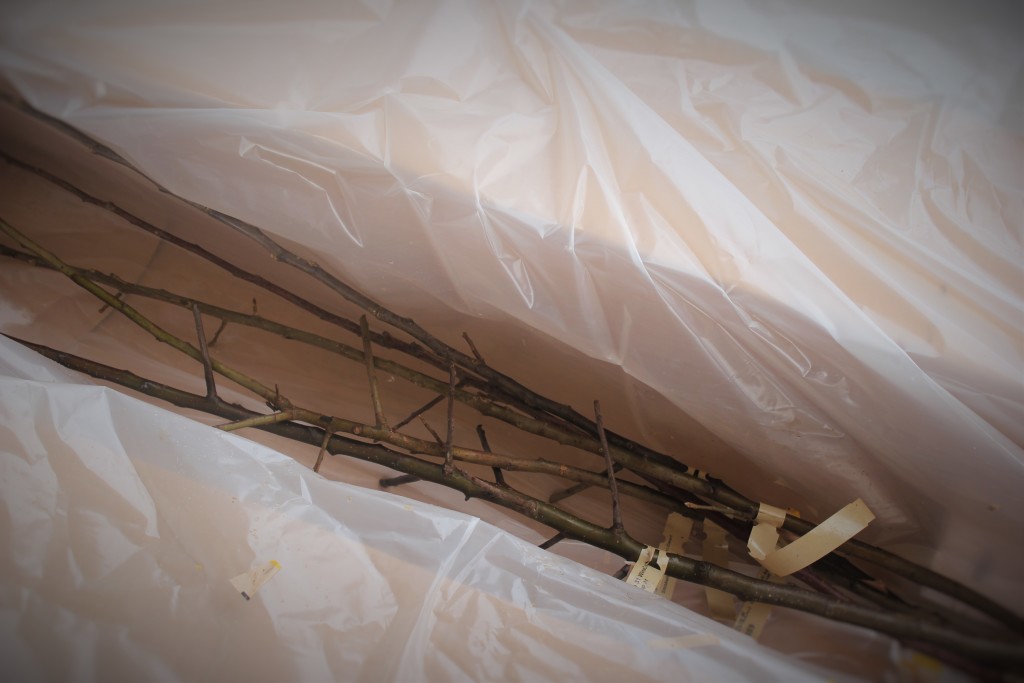
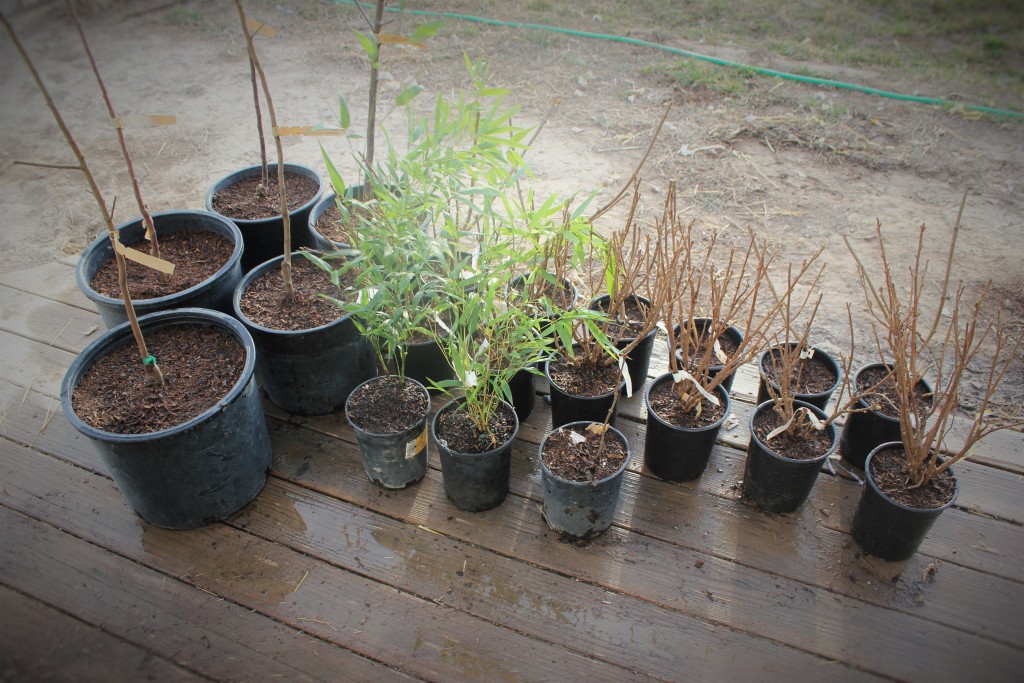 So that evening we made a quick run to our local hardware store and picked up potting soil, I don’t like to plant my bareroots right in the ground, I have found I have better success planting them first in pot and babying them for a few months, then they will go to their forever homes.
So that evening we made a quick run to our local hardware store and picked up potting soil, I don’t like to plant my bareroots right in the ground, I have found I have better success planting them first in pot and babying them for a few months, then they will go to their forever homes.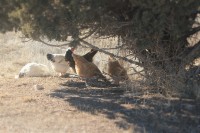
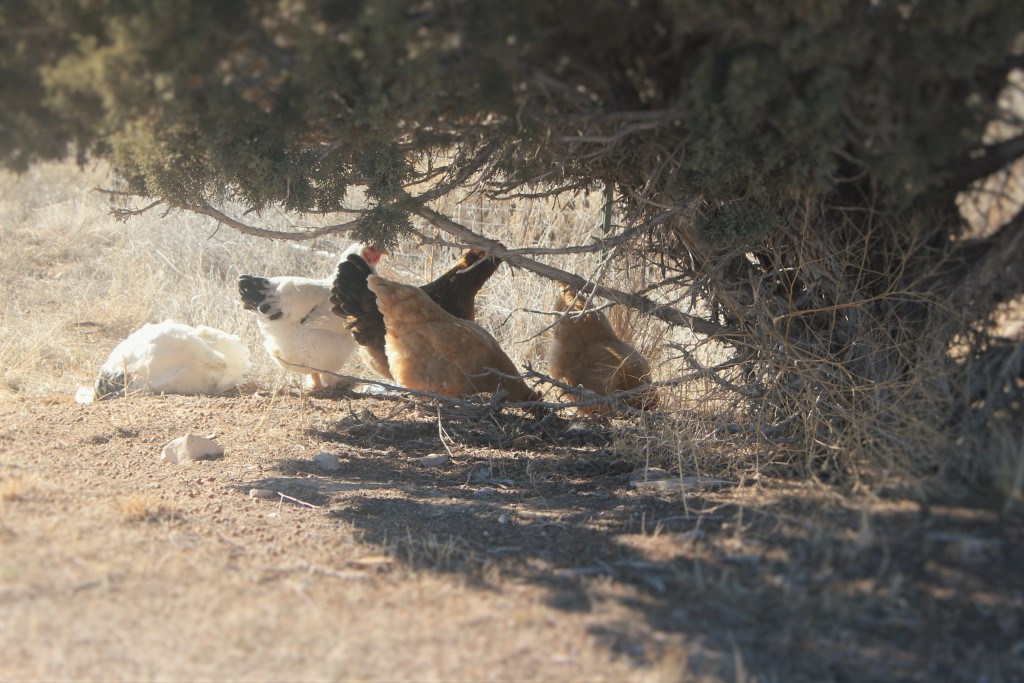
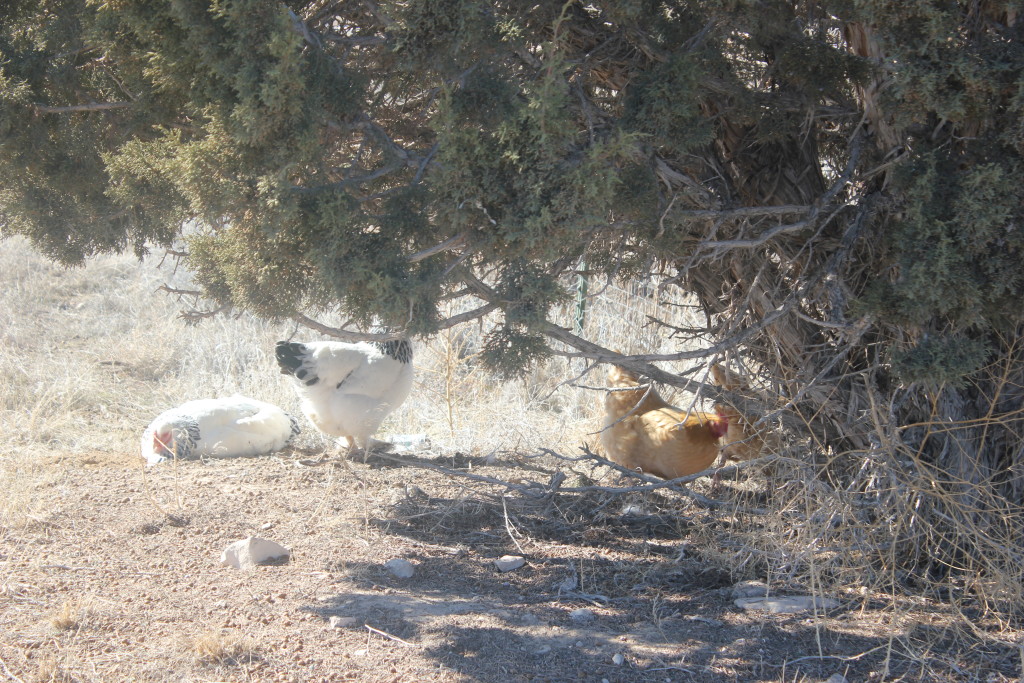
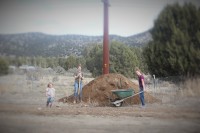
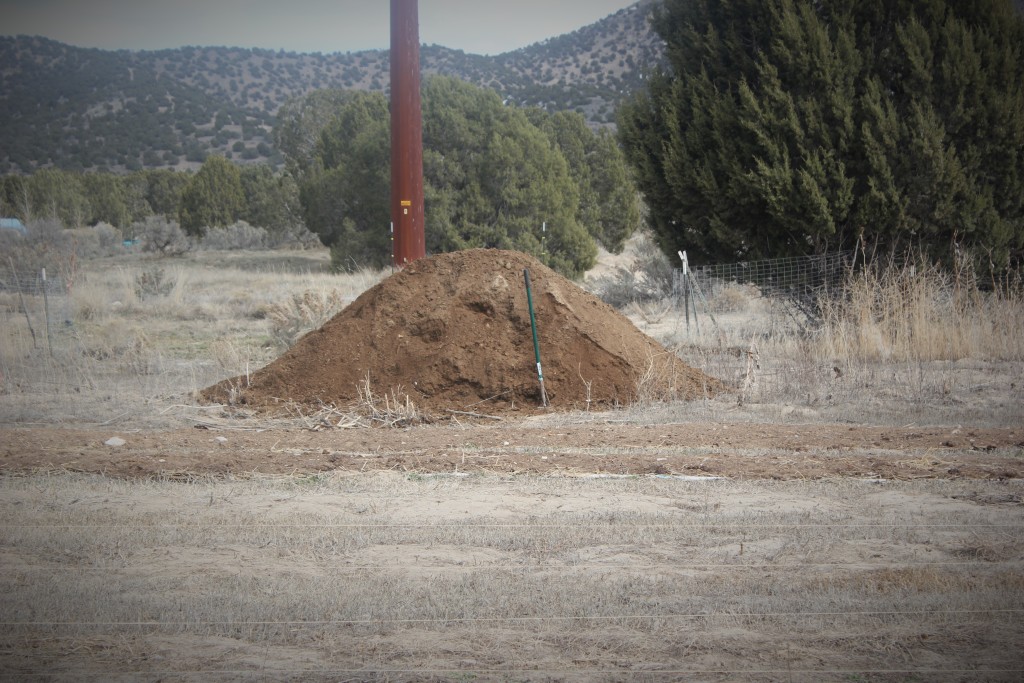 We were blessed to become acquainted with and soon friends with our neighbors across the road, they have been raising horses for many years and naturally horses produce a lot of manure and they have graciously allowed us many, many loads. Dadzoo spent a good part of Saturday morning hauling load after load to our garden. Beautiful black fertility.
We were blessed to become acquainted with and soon friends with our neighbors across the road, they have been raising horses for many years and naturally horses produce a lot of manure and they have graciously allowed us many, many loads. Dadzoo spent a good part of Saturday morning hauling load after load to our garden. Beautiful black fertility.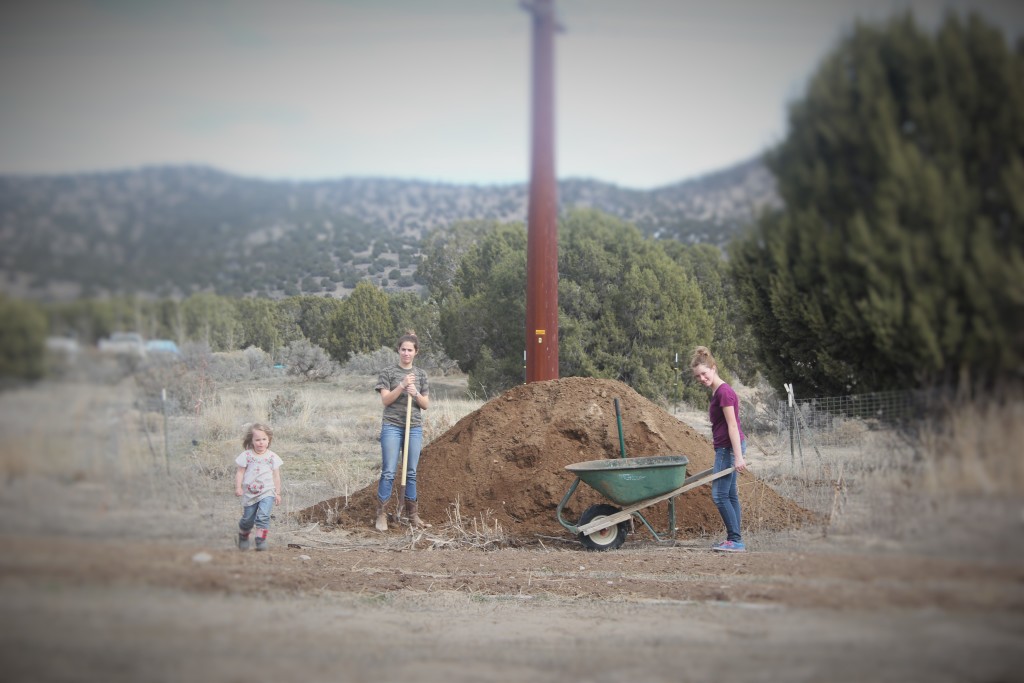
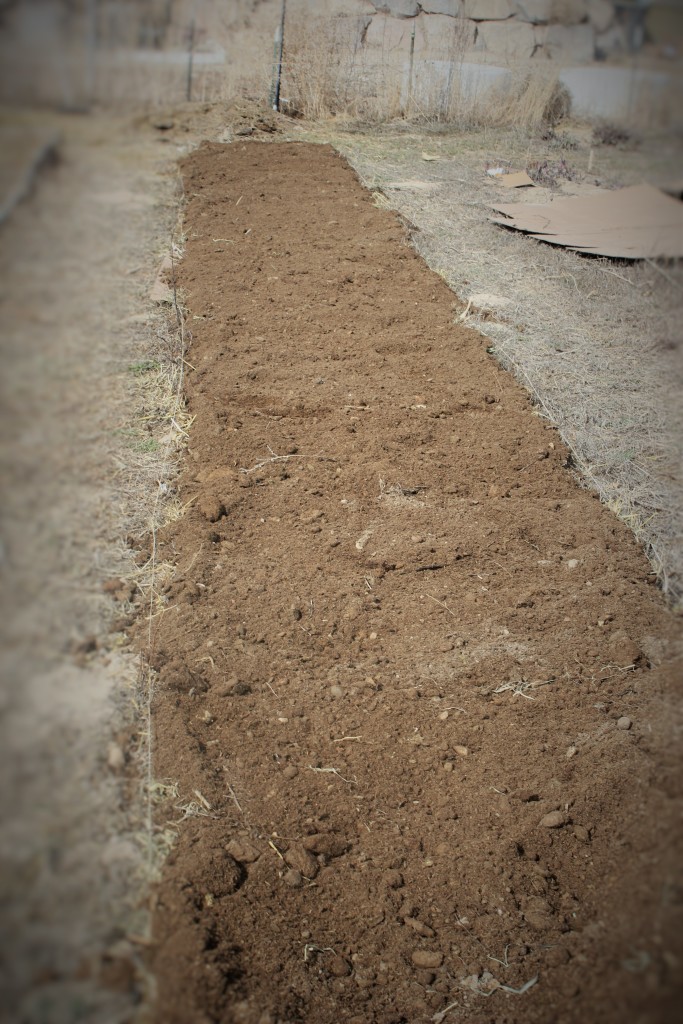
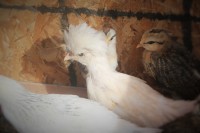
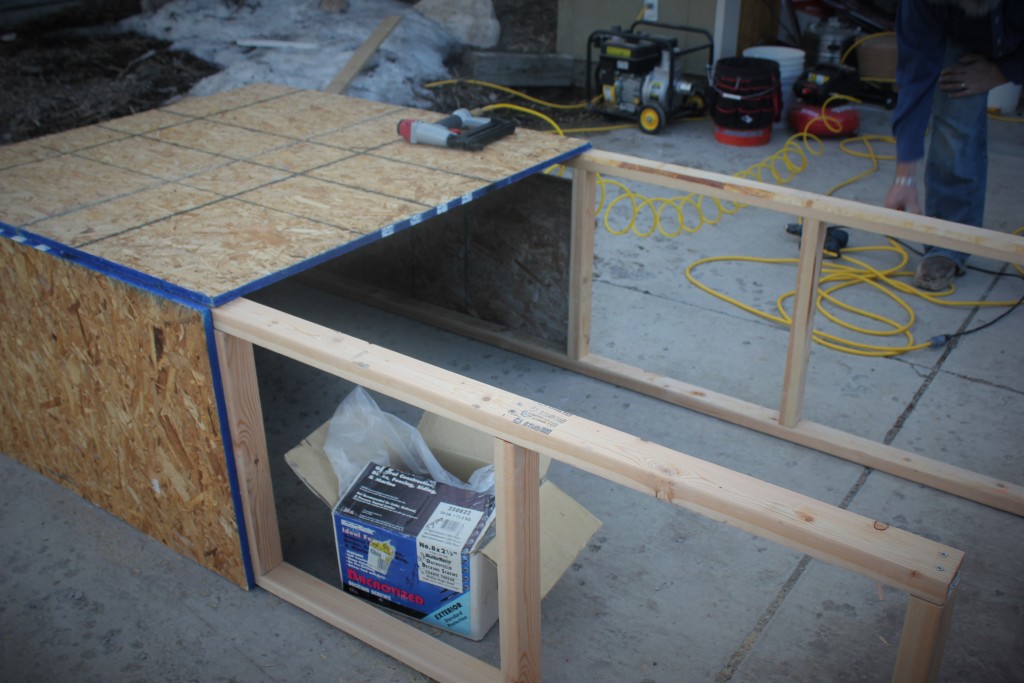
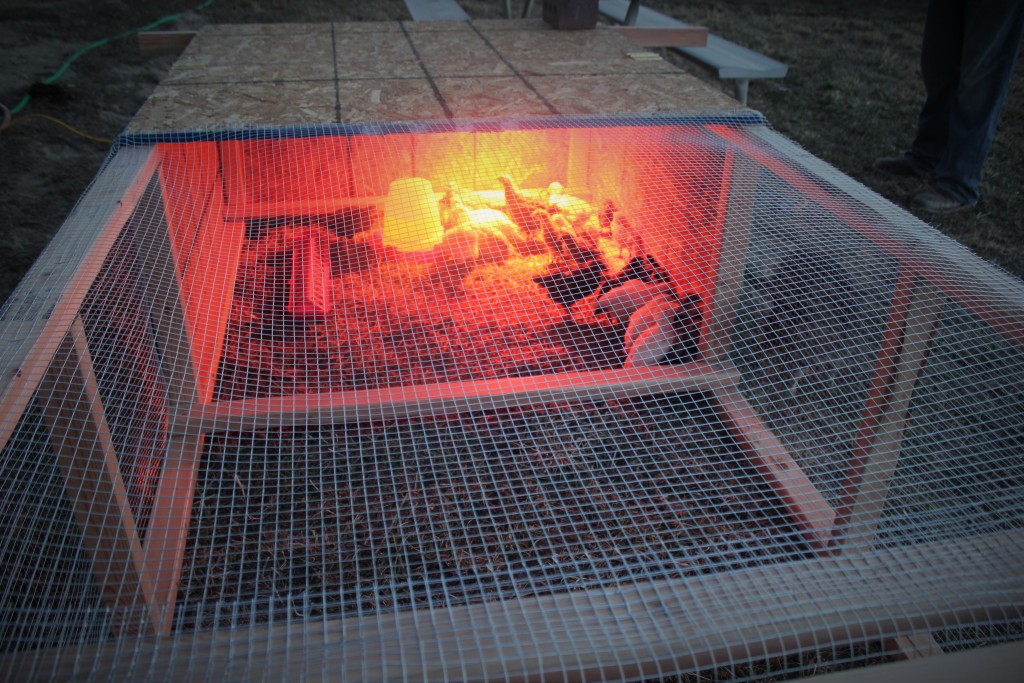 Every morning, at chore time, the chicken tractor is moved to fresh ground, keeping the impact of the birds on the pasture at a minimum, while providing fresh grass for the chicks and spreading their manure around evenly.
Every morning, at chore time, the chicken tractor is moved to fresh ground, keeping the impact of the birds on the pasture at a minimum, while providing fresh grass for the chicks and spreading their manure around evenly.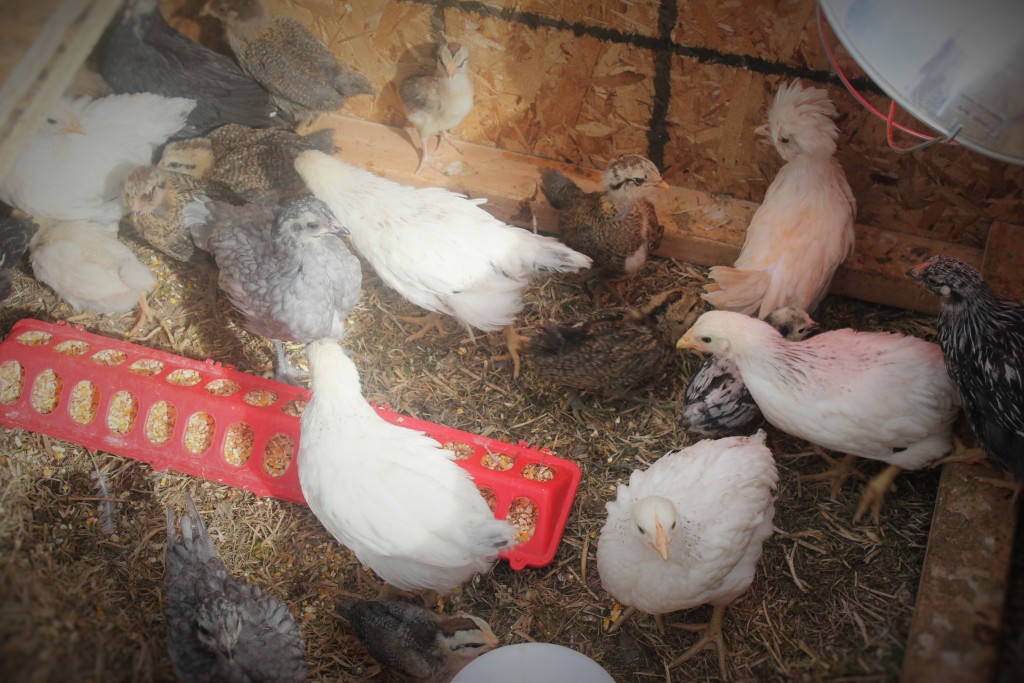
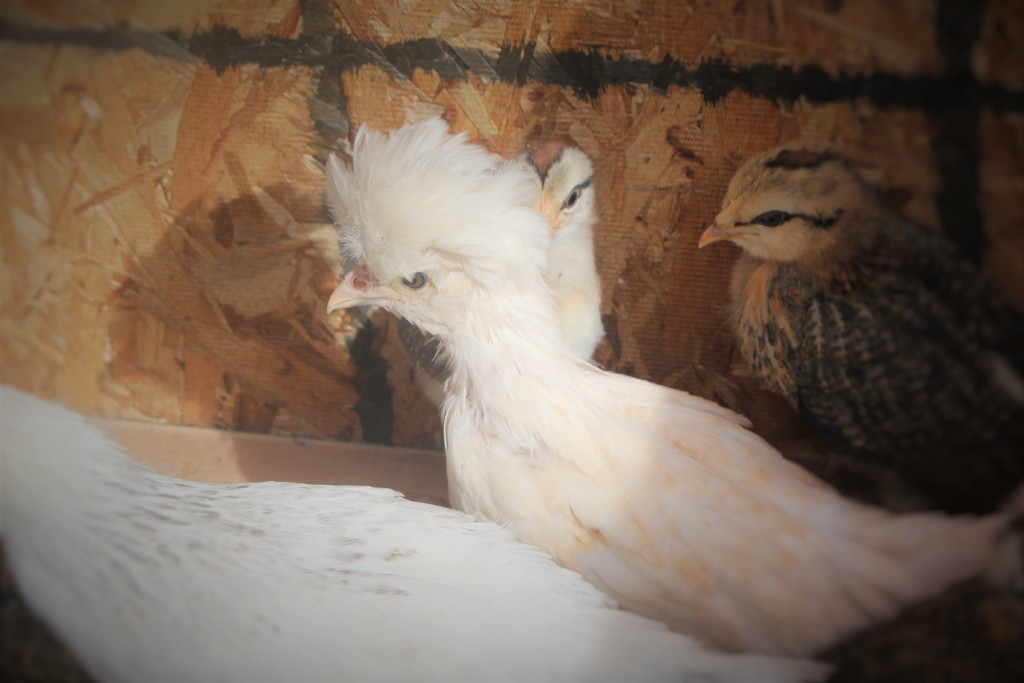

 On the farm, we have our animals, and our human resources. But we also have some heavy equipment that we use. When we moved into our house we purchased a tractor. It is a 1973 Ford 4500 industrial landscaping tractor. It does not have a PTO, or anything fancy, it just has a really nice bucket on the front, and a custom made counter weight. It has become a part of the family, and has been used to do a lot of heavy lifting.
On the farm, we have our animals, and our human resources. But we also have some heavy equipment that we use. When we moved into our house we purchased a tractor. It is a 1973 Ford 4500 industrial landscaping tractor. It does not have a PTO, or anything fancy, it just has a really nice bucket on the front, and a custom made counter weight. It has become a part of the family, and has been used to do a lot of heavy lifting. The neighbors now hear its noise and see it as background noise, like the noise of the rest of the farm. It has been a silent partner in several photos. Bottom line, this tractor has become part of the family.
The neighbors now hear its noise and see it as background noise, like the noise of the rest of the farm. It has been a silent partner in several photos. Bottom line, this tractor has become part of the family.






 I changed the first one to show them how to do it, then gave them the tools and let them do the second one. The only part I had to help with was starting the bolts and tightening them. I was amazed at how easily the little fingers could remove the old gaskets and fit the new ones.
I changed the first one to show them how to do it, then gave them the tools and let them do the second one. The only part I had to help with was starting the bolts and tightening them. I was amazed at how easily the little fingers could remove the old gaskets and fit the new ones.